15 Sacred Natural Sites People Have Traveled To for Centuries
Throughout history, people have journeyed to remarkable natural sites that hold deep spiritual and cultural significance. These sacred locations, ranging from towering mountains to sacred rivers, offer unique connections to the earth and the divine. For centuries, pilgrims and travelers have visited these places for spiritual renewal, meditation, and reverence. Whether nestled in remote landscapes or surrounded by bustling cities, these sites continue to inspire awe and provide a sense of peace for those who seek them out.
This post may contain affiliate links, which helps keep this content free. Please read our disclosure for more info.
Mount Fuji, Japan
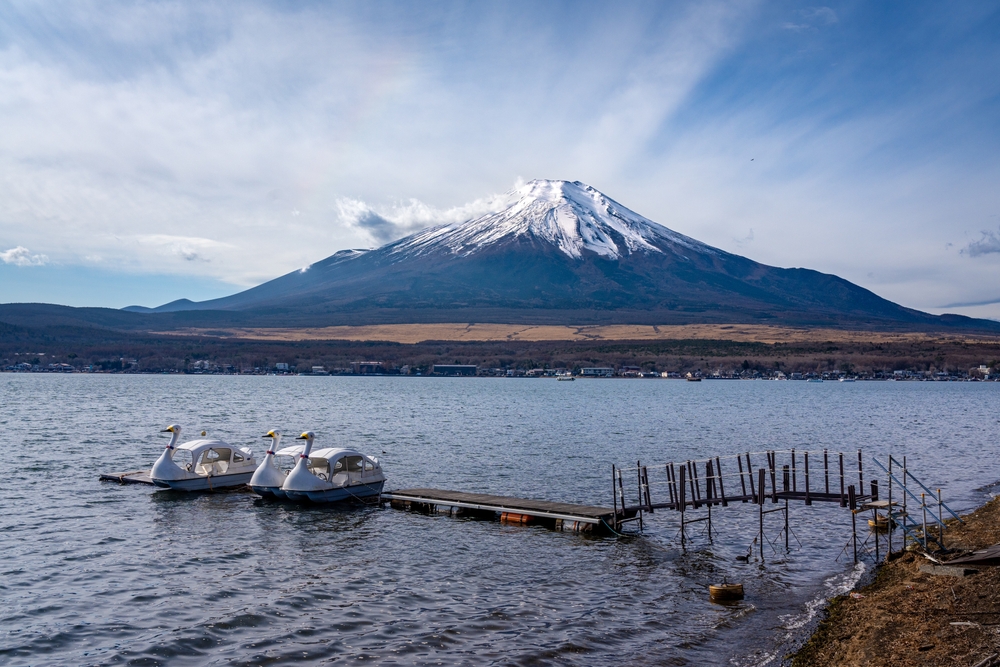
Mount Fuji holds deep spiritual significance in Japan, considered a sacred site by the Shinto religion. For centuries, this towering volcano has been a symbol of beauty and divine power. Pilgrims have trekked to its summit as an act of devotion, with many viewing the mountain as a gateway between the earthly and spiritual worlds. Its perfectly symmetrical shape and stunning natural surroundings make it a revered landmark, drawing visitors for both its spiritual and scenic beauty.
The sacredness of Mount Fuji is tied to the belief that it is the home of the Shinto goddess Sengen-sama. Pilgrims often make the ascent as part of a spiritual journey, seeking enlightenment and purification. The mountain continues to attract those who wish to experience its natural splendor and the profound peace it brings to the mind and soul.
The Ganges River, India
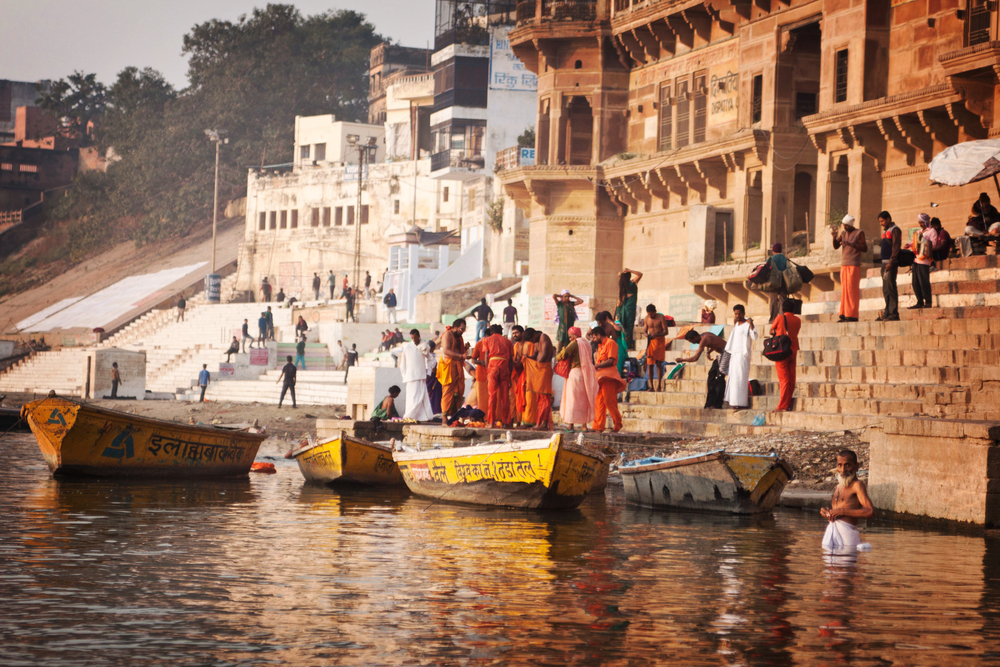
The Ganges is one of the holiest rivers in the world, deeply revered in Hinduism as the personification of the goddess Ganga. This river flows from the Himalayan mountains and is believed to cleanse the soul of impurities. For centuries, people have traveled to its banks to take part in sacred rituals, bathe, and immerse themselves in its waters to purify their bodies and spirits. The Ganges is central to many religious practices and ceremonies, including cremations and prayer offerings.
Beyond its religious importance, the Ganges also serves as a lifeline for millions of people who depend on its waters for survival. The river is a symbol of life, prosperity, and spiritual well-being, and its natural beauty adds to its significance. Devotees often visit sacred cities like Varanasi to witness the river’s flowing current and engage in spiritual practices that have been passed down through generations.
Uluru, Australia
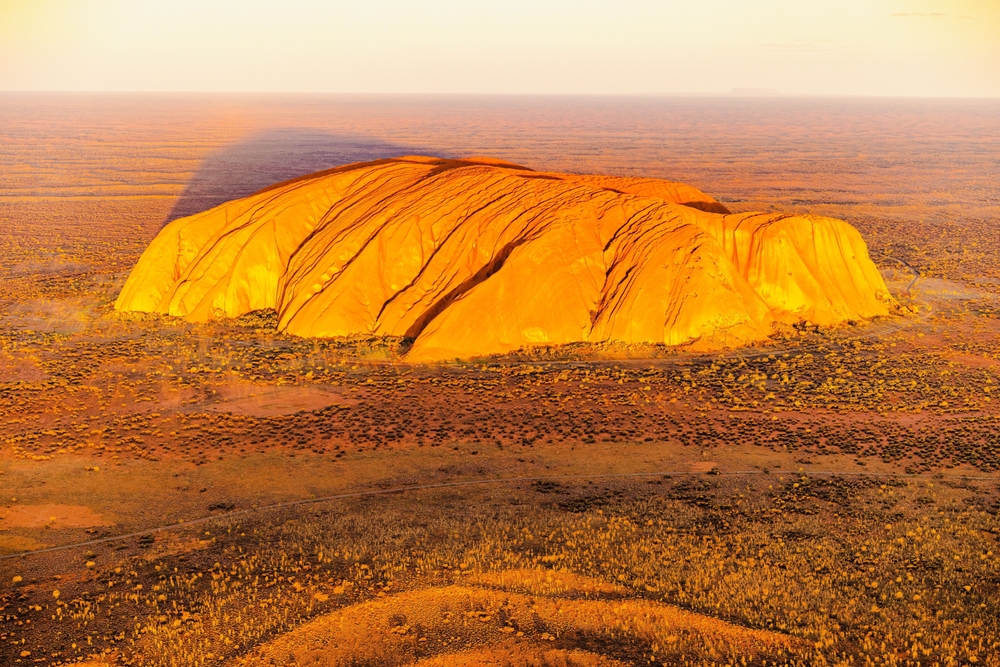
Uluru, also known as Ayers Rock, is a massive sandstone monolith located in the heart of the Australian Outback. It holds great spiritual significance for the Anangu people, the traditional owners of the land. This sacred site has been a spiritual center for the Anangu for thousands of years, with stories from the Dreamtime, the Anangu creation mythology, explaining its spiritual importance. Uluru is a place of deep connection to the earth and ancestors, with numerous caves and rock formations tied to ancient stories.
Visiting Uluru is considered a spiritual experience, where travelers can reflect on the powerful energy that surrounds the site. It is a place where the natural world and spirituality converge, making it one of the most revered natural landmarks in Australia. Today, Uluru remains a symbol of the importance of preserving sacred natural sites and respecting indigenous beliefs.
Stonehenge, England
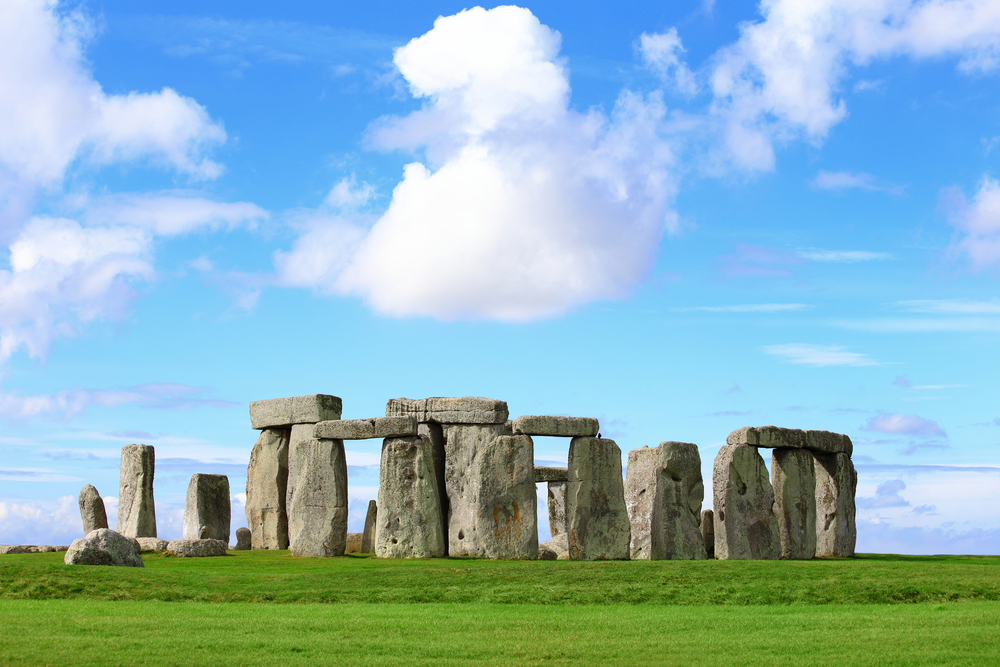
Stonehenge, located in Wiltshire, England, is one of the most famous sacred sites in the world, with roots dating back over 4,000 years. This prehistoric monument consists of large standing stones arranged in a circular pattern, and its purpose is still a subject of mystery and intrigue. Many believe it was a site for religious rituals, marking the passage of time and aligning with astronomical events such as solstices.
For centuries, Stonehenge has drawn spiritual seekers, historians, and tourists alike, all attempting to understand its profound connection to the cosmos. The site is a testament to the ancient peoples’ deep reverence for the cycles of nature, including the sun, moon, and stars. Today, it continues to be a symbol of ancient wisdom and spirituality, attracting thousands for ceremonies, celebrations, and quiet reflection.
The Black Hills, United States
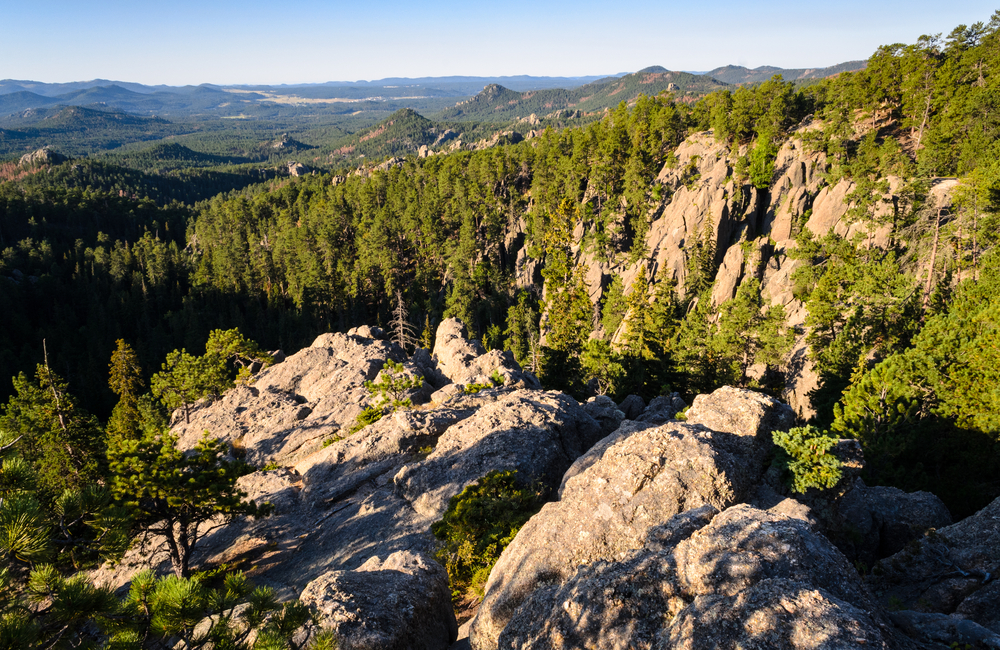
The Black Hills, located in South Dakota and Wyoming, are sacred to several Native American tribes, including the Lakota Sioux. These hills are seen as a spiritual center where earth and sky meet, and they are associated with creation stories and ancestral spirits. The site is also home to the revered Bear Butte, a mountain where many indigenous people still go for spiritual vision quests and ceremonies.
The Black Hills have long been a symbol of endurance and resilience for the Lakota people, despite their difficult history involving the U.S. government. Mount Rushmore, located within the Black Hills, has also been a point of contention, as it represents a contrast between native spirituality and the American colonial past. Nonetheless, the Black Hills remain a deeply revered place for those who honor the sacred connection between nature and spirit.
Mount Kailash, Tibet
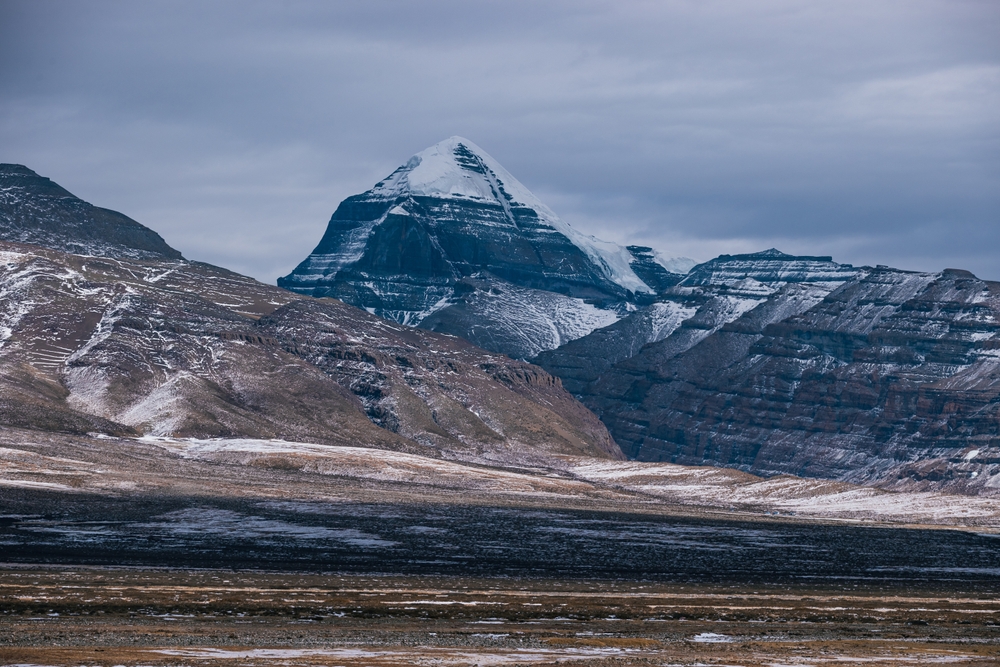
Mount Kailash, located in the remote Himalayas of Tibet, is considered one of the most sacred mountains in the world by Hindus, Buddhists, Jains, and Bonpo. It is believed to be the home of Lord Shiva in Hindu tradition and is revered as a place of divine power and spiritual purification. Pilgrims from around the world travel to Mount Kailash to undertake the challenging 52-kilometer Kora pilgrimage, which involves walking around the base of the mountain as an act of devotion.
The mountain is surrounded by natural features, including the nearby Lake Mansarovar, which is also regarded as sacred. Mount Kailash remains untouched by modern developments, preserving its sacred atmosphere and spiritual significance. For centuries, it has drawn spiritual seekers seeking purification and enlightenment, as well as those wishing to connect with the mountain’s unique energy.
The Amazon Rainforest, South America
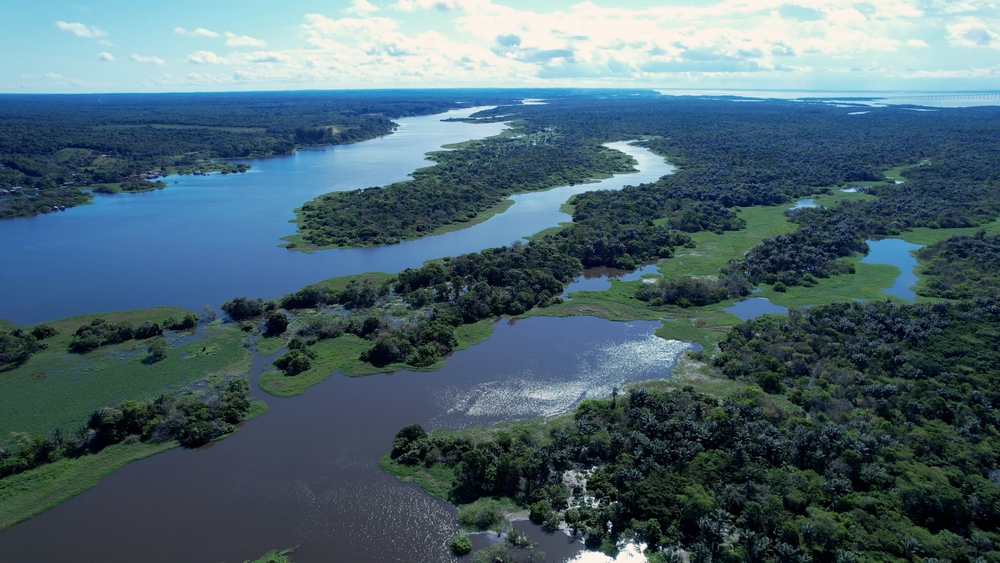
The Amazon Rainforest, often called the “lungs of the Earth,” is not only a vital ecosystem but also a sacred place for many indigenous tribes of South America. These tribes view the forest as a living entity, with every plant, animal, and river playing a role in their spiritual lives. The forest is home to numerous sacred groves, rivers, and waterfalls, each holding deep spiritual meaning for those who have lived in harmony with it for centuries.
Indigenous people use the plants and natural features of the Amazon for religious rituals, healing, and divination. For them, the rainforest is both a physical and spiritual sanctuary, embodying the essence of life itself. As the world faces ecological challenges, the sacredness of the Amazon is increasingly recognized, highlighting the importance of preserving this unique natural site.
Mount Sinai, Egypt
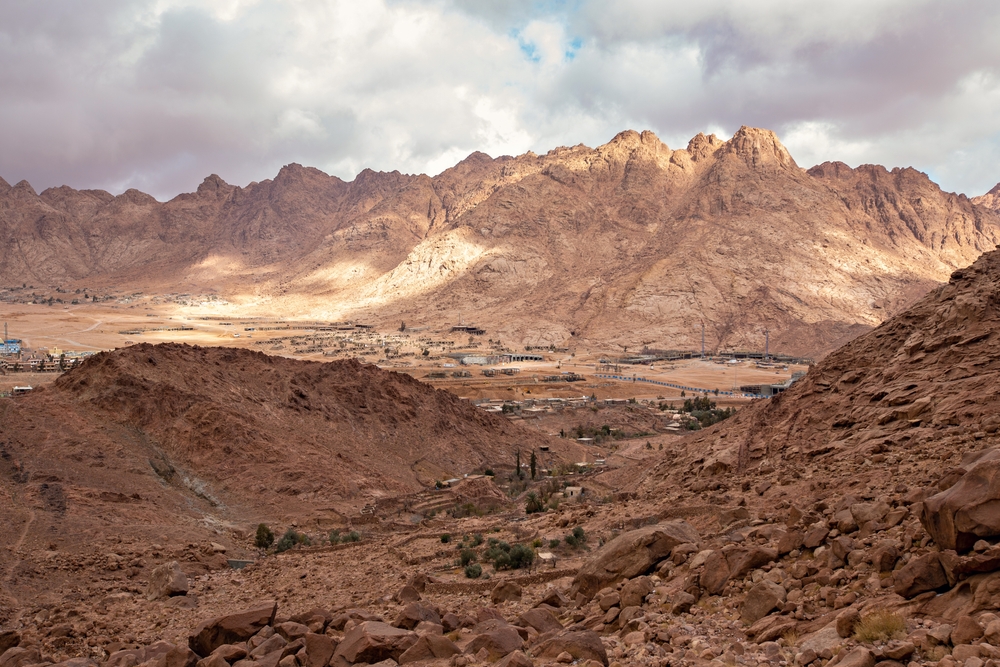
Mount Sinai, located in Egypt, is a place of great significance in Judaism, Christianity, and Islam. It is believed to be where Moses received the Ten Commandments, making it a pivotal site in religious history. For centuries, pilgrims from various faiths have trekked up the mountain to seek spiritual renewal and connect with the divine.
The mountain is surrounded by desert landscapes and offers a sense of solitude and reflection. The sense of awe that comes from standing at the summit of Mount Sinai, where divine revelation is said to have occurred, continues to draw spiritual travelers from around the world. The sacred connection between the natural landscape and religious history ensures that Mount Sinai remains a revered destination for many.
The Grand Canyon, United States
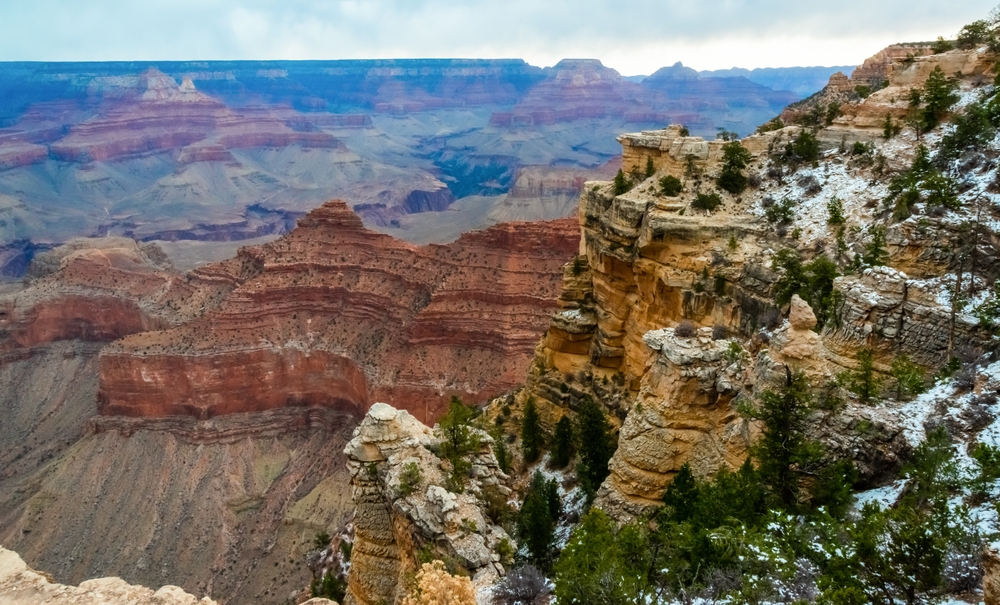
The Grand Canyon, located in Arizona, is a majestic natural wonder that has been revered by the Native American tribes of the region for centuries. The Havasupai, Hopi, Zuni, and Navajo people view the canyon as a sacred place where spirits reside and natural forces converge. The canyon is seen as a place of spiritual transformation, where one can connect with the earth and the ancient past.
The Grand Canyon’s awe-inspiring beauty and immense size evoke a sense of wonder and reverence for nature’s power. Visitors often come to the canyon to reflect on the vastness of the world and their place within it. Its natural features, such as the Colorado River and the canyon’s towering rock formations, are reminders of the earth’s enduring history and the importance of preserving such sacred places.
Shwedagon Pagoda, Myanmar
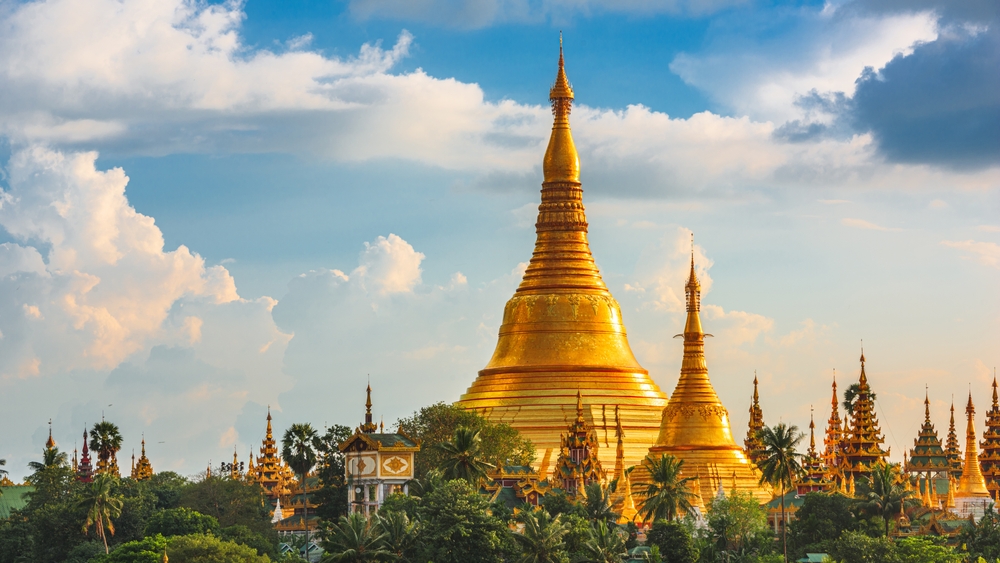
The Shwedagon Pagoda, located in Yangon, Myanmar, is one of the most sacred Buddhist sites in the world. It is said to contain relics of the Buddha, making it an important pilgrimage site for Buddhists. For centuries, people from all over Southeast Asia have traveled to Shwedagon to pay homage and seek spiritual blessings.
The golden pagoda is surrounded by smaller stupas, statues, and temples, each with its own spiritual significance. Its location atop a hill offers visitors a panoramic view of the city, symbolizing the connection between the earthly and divine realms. The Shwedagon Pagoda continues to be a place of worship, meditation, and spiritual connection for thousands of people each day.
The Himalayas, Nepal
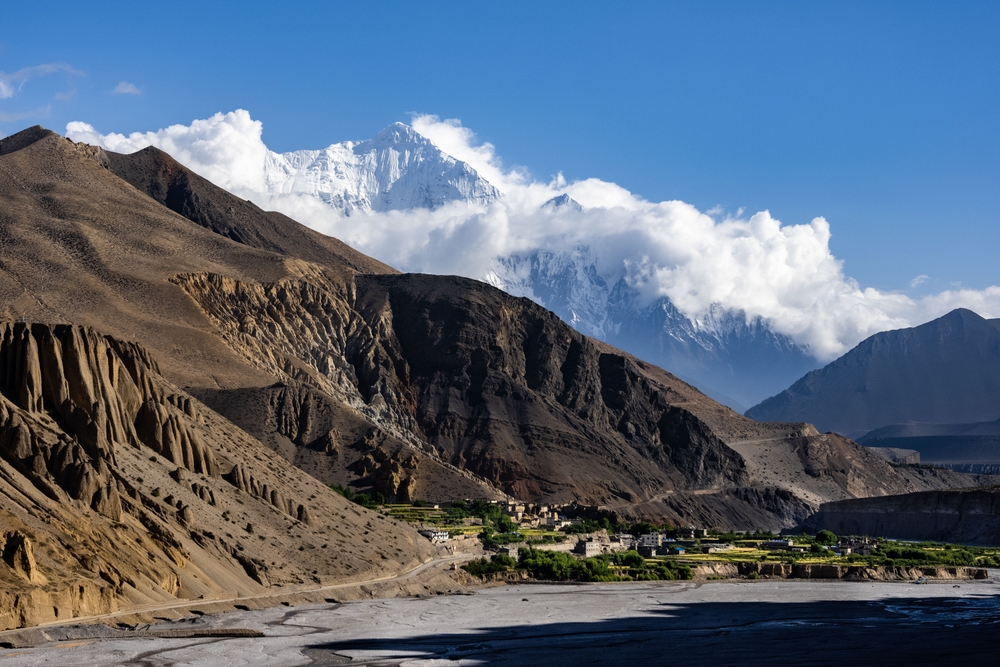
The Himalayas are often considered the spiritual heart of Asia, with many sacred sites nestled in their towering peaks. For Hindus, the range is home to the gods, with Mount Everest (Sagarmatha) considered the abode of the goddess Sagarmatha. For Buddhists, the Himalayas are a place of peace and meditation, with monasteries dotting the landscape.
Pilgrims travel to the Himalayas for personal transformation, seeking inner peace amidst the serenity of the mountains. The natural beauty of the snow-capped peaks, deep valleys, and flowing rivers provides a perfect backdrop for spiritual reflection and devotion. The Himalayas have been a source of inspiration and reverence for centuries, offering a sacred environment for all who visit.
Machu Picchu, Peru
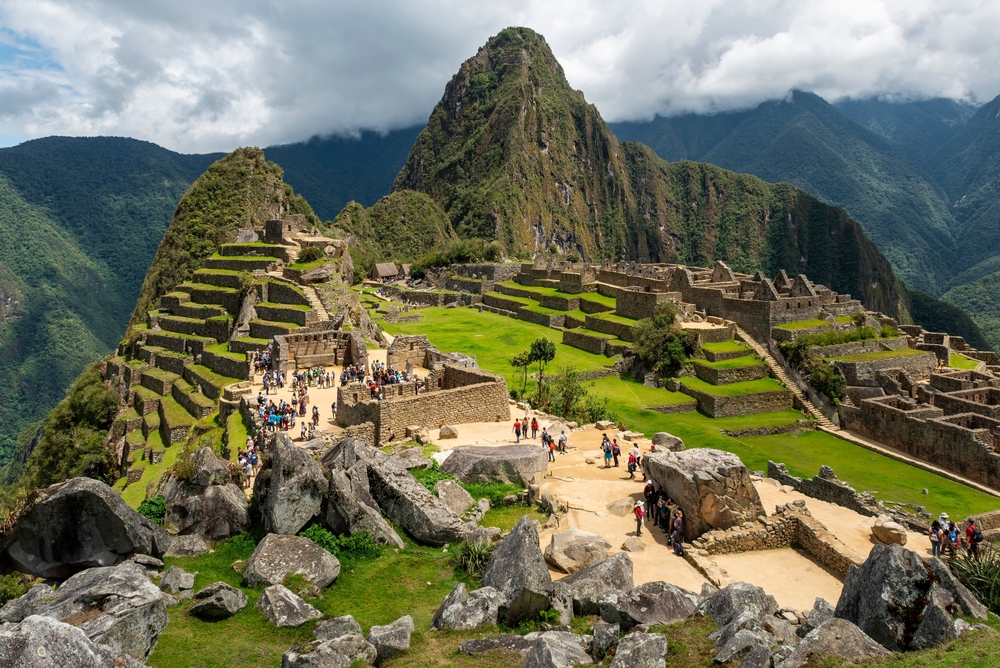
Machu Picchu, the ancient Inca city high in the Peruvian Andes, is one of the most iconic sacred natural sites in the world. It is believed to have been a religious center and a royal estate, with temples, plazas, and terraces aligned with the stars and natural elements. For centuries, the site has drawn spiritual seekers and adventurers alike, who come to explore its history and connect with its energy.
The stunning natural surroundings of Machu Picchu, including the towering peaks and lush vegetation, add to its mystical allure. The site is seen as a gateway to the divine, offering visitors a glimpse into the spiritual and physical world of the Incas. The profound beauty and history of Machu Picchu continue to inspire awe and reverence among those who visit.
Mount Athos, Greece
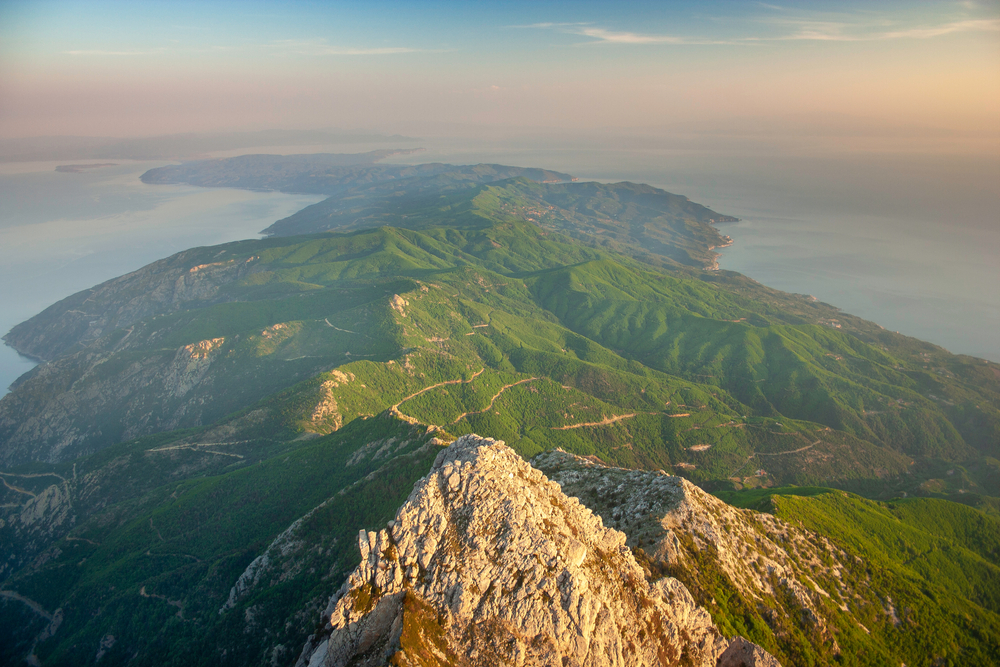
Mount Athos, located on a peninsula in northern Greece, is a monastic community and a place of great religious importance for Eastern Orthodox Christians. It has been a center of spiritual life for over a thousand years, with over twenty monasteries scattered across the mountain. The monks living there view Mount Athos as a place of deep connection with God, offering a life of prayer and contemplation.
The mountain itself is considered sacred, with access restricted to men only, and many visitors come for spiritual retreats. Its natural beauty, combined with its monastic traditions, makes it a unique place for religious and cultural experiences. Mount Athos is not only a place of worship but also a sanctuary for those seeking solitude and reflection in nature’s embrace.
Lake Titicaca, Peru/Bolivia
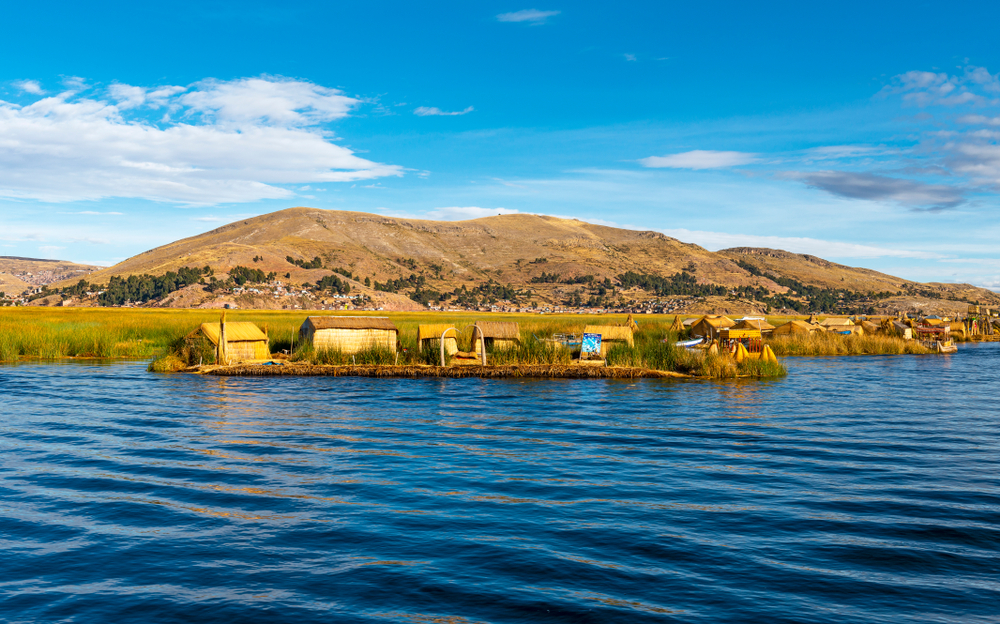
Lake Titicaca, the highest navigable lake in the world, holds significant cultural and spiritual importance for the indigenous people of the Andes. The lake is believed to be the birthplace of the sun in Inca mythology, making it a central part of their religious beliefs. The people of the surrounding regions, including the Aymara and Quechua, view the lake as a sacred site, with many rituals and ceremonies held on its shores and islands.
The natural features of Lake Titicaca, with its deep blue waters and surrounding mountains, create an atmosphere of reverence and awe. Pilgrims and travelers often visit the lake to experience its mystical energy and to connect with the ancient traditions that continue to thrive in the area. Lake Titicaca’s sacredness is reflected in the ongoing cultural practices that have been passed down for generations.
Kailasa Temple, India
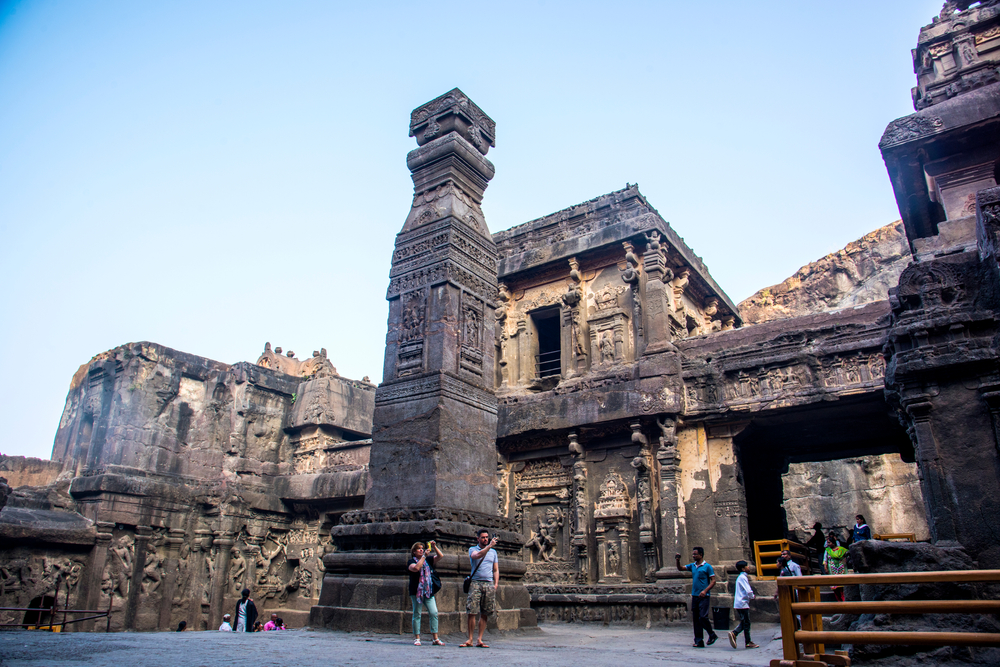
The Kailasa Temple, carved out of a single monolithic rock in Ellora, India, is one of the most impressive architectural and spiritual sites in the world. The temple is dedicated to Lord Shiva and is part of a larger complex of caves. Its construction, believed to have taken centuries, showcases the devotion of the craftsmen and their deep spiritual commitment to the divine.
The Kailasa Temple stands as a testament to the creative and spiritual spirit of the ancient world. It is considered a sacred site due to its association with the Hindu god Shiva, who is believed to reside in the temple. Pilgrims visit the site to offer prayers and admire the intricate carvings that depict various scenes from Hindu mythology.
This article originally appeared on Avocadu.
